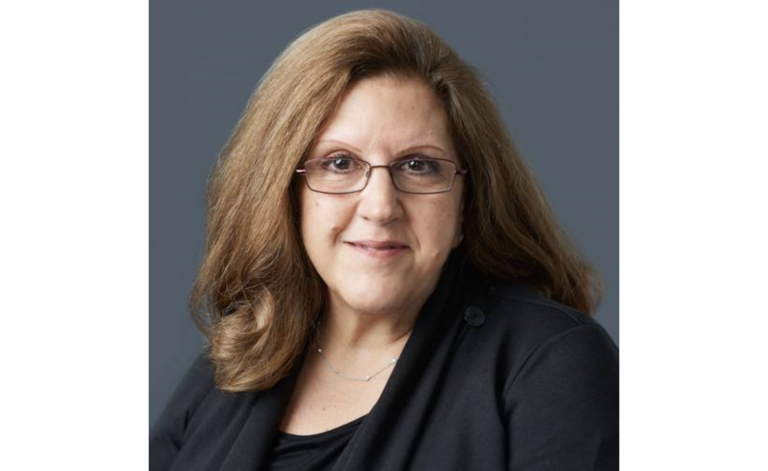“Pedagogy” in Higher Education
Everyone seems to have a hill they will die on. A (sometimes) irrational fixation on something that will cause eye-rolling and heavy sighing among others when one starts to sound off and draw out the artillery to defend such hill. For me, that hill is a word: pedagogy.
A pretty innocuous word, it is a standard Greek word that is to higher education what the word “synergy” is to corporate board rooms. However, words have meanings, and when faculty, administrators, and even students in education programs use the word to refer to anyone outside of high school, I bristle. As the great philosopher, Inigo Montoya, says, “You keep using that word. I don’t think it means what you think it means.” The word I use and hope to get others to reflect on, is “andragogy”. Unlike “pedagogy”, it is highlighted as misspelled by my word processor, which shows just how uncommon its use is. However, what is it and why is it a better way of viewing not just Emerson students, but all students in higher education?
The word was first used in 1833 by a German educator named Alexander Kapp, in relation to the Greek philosopher Plato’s educational theory. Kapp never fully defined it, and it fell in and out of use among academics in both North America and Europe until the late 20th century. In 1968, an educator named Malcolm Knowles wrote an academic article entitled “Andragogy, Not Pedagogy”, but it wouldn’t be until 1980 that Malcolm fully fleshed out his Theory of Andragogy with four assumptions of all adult learners. He added a fifth in 1984. He states that all adult learners share these five characteristics:
- Self-concept: As a person matures their self-concept moves from one of being a dependent personality toward one of being a self-directed human being
- Experience: As a person matures, they accumulate a growing reservoir of experience that becomes an increasing resource for learning.
- Readiness to learn: As a person matures their readiness to learn becomes oriented increasingly to the developmental tasks of their social roles.
- Orientation to learning: As a person matures their time perspective changes from one of postponed application of knowledge to immediacy of application, and accordingly their orientation toward learning shifts from one of subject-centeredness to one of problem-centeredness.
- Motivation to learn: As a person matures the motivation to learn is internal.
Malcolm then goes on to add that all adult education needs to have four, core principles applied:
- Learners need to be involved in the planning and evaluation of their instruction.
- Experience (especially mistakes) provides the basis for learning activities.
- The subject matter must have immediate relevance to a learner’s job or personal life.
- All learning is problem-centered rather than content-oriented.
Now the question is how to apply these core principles to online and face-to-face learning. Here at Emerson, student focus on co-curriculars fulfills all four of the principles, which is why students consistently speak so highly of their experience with them. They are seen by many students as essential to their “Emerson education”. Through working with faculty, I’ve come across some great practices that they use to help engage students, with some particularly great ideas in those “dreaded” general education requirement courses.
One simple exercise, and one that can be used in both face-to-face and online courses, is to have the students help decide “ground rules” for discussion and general expectations of what class behavior looks like. Some faculty even go and work with students to set up individual “grading contracts” that act similar to a traditional contract. Students get to decide upfront with the faculty member what success looks like. One could even build in room for “bonuses” for students who go above and beyond. Like a job review, meeting all your goals often means you’re just “meeting expectations”, so giving some wiggle room for students to become “outstanding” and earn that A could also help with them being actively involved in determining the effort they will put into the course.
Another great example is one that I came across during the Course Spa. A faculty member took my advice from the previous course spa and allowed students to choose the media form of their final project. The professor gave them an option to do a final research project in video, audio, written, or whatever other creative forms they felt most compelled to work in. Not surprisingly, many VMA students chose to create a multimedia presentation. Some students created ornate magazine-styled layouts! Giving students the ability to have their work intersect with the “immediate relevance” of their major and their passions created much better work. I’m certainly hoping this faculty member attends the Course Spa again so I can see if the trend is continuing semester to semester. My hunch (backed up by the learning sciences) is that it most definitely is.
Are there any activities that you have in your class that already conform to the principles of andragogy? Any ideas you’d like to run by ITG? As always, feel free to contact us at 617-824-8090 or email us at itg@emerson.edu. We’re always excited to talk teaching!



